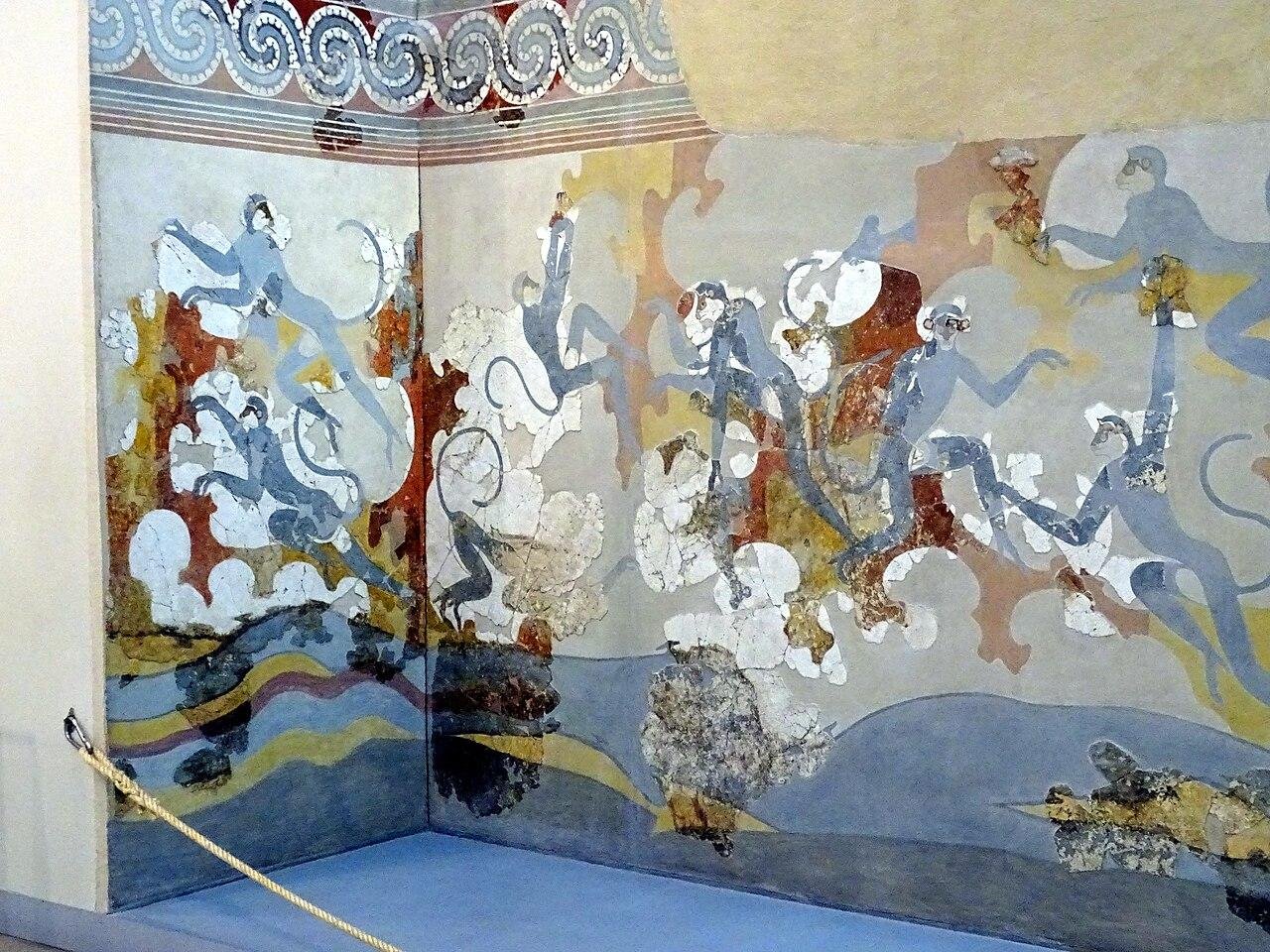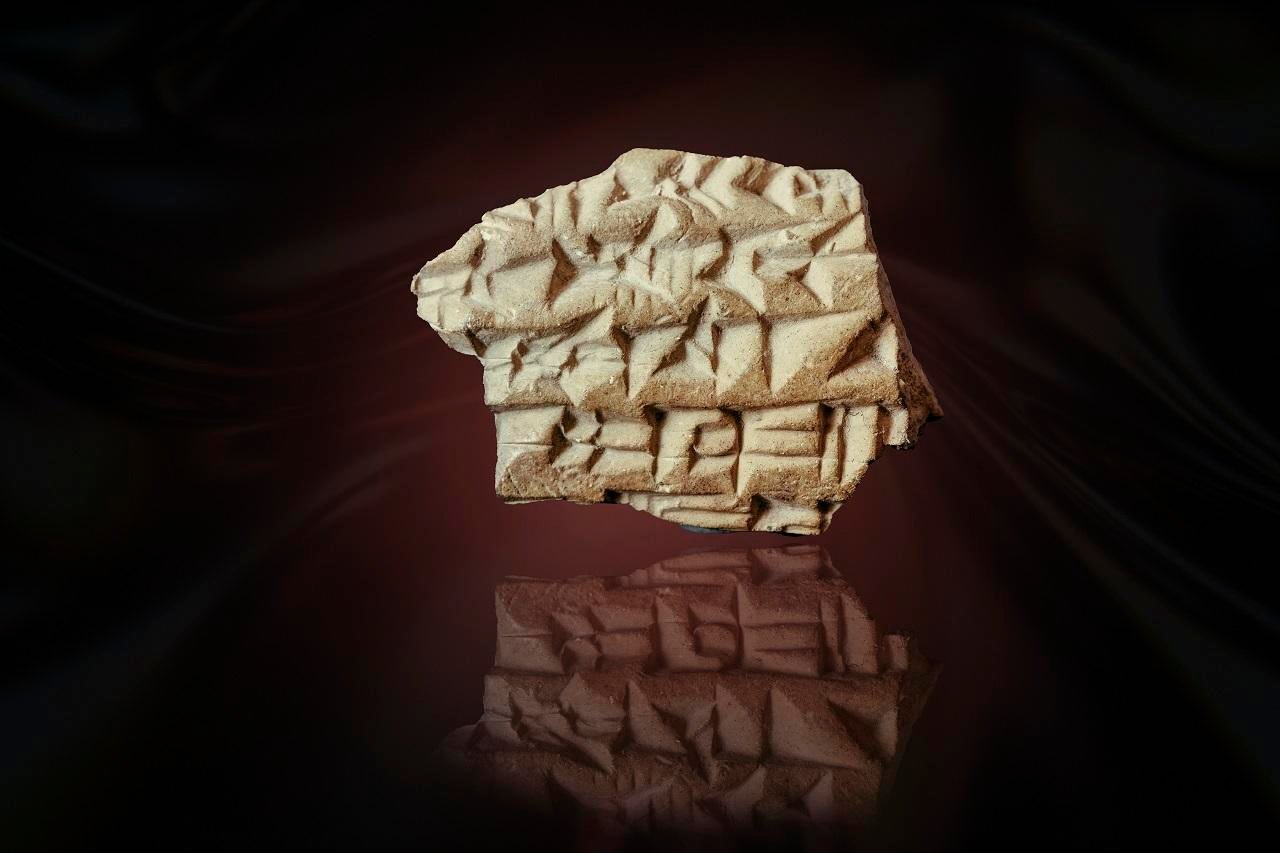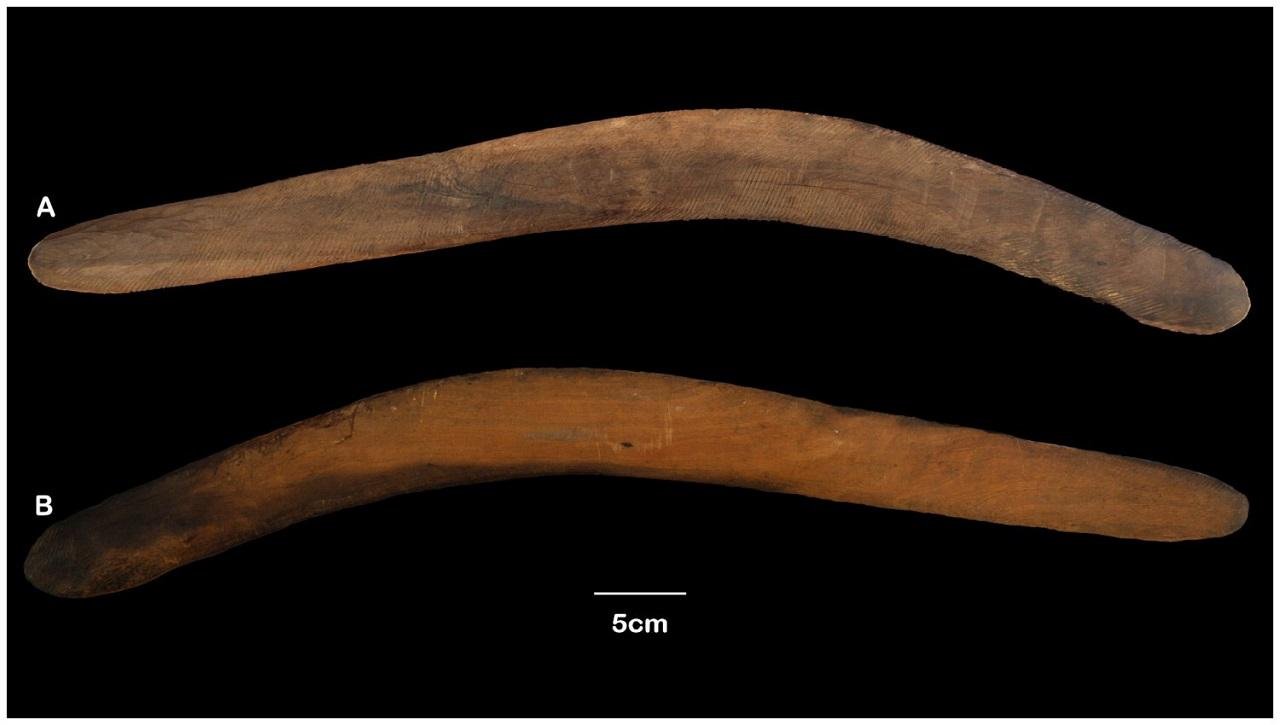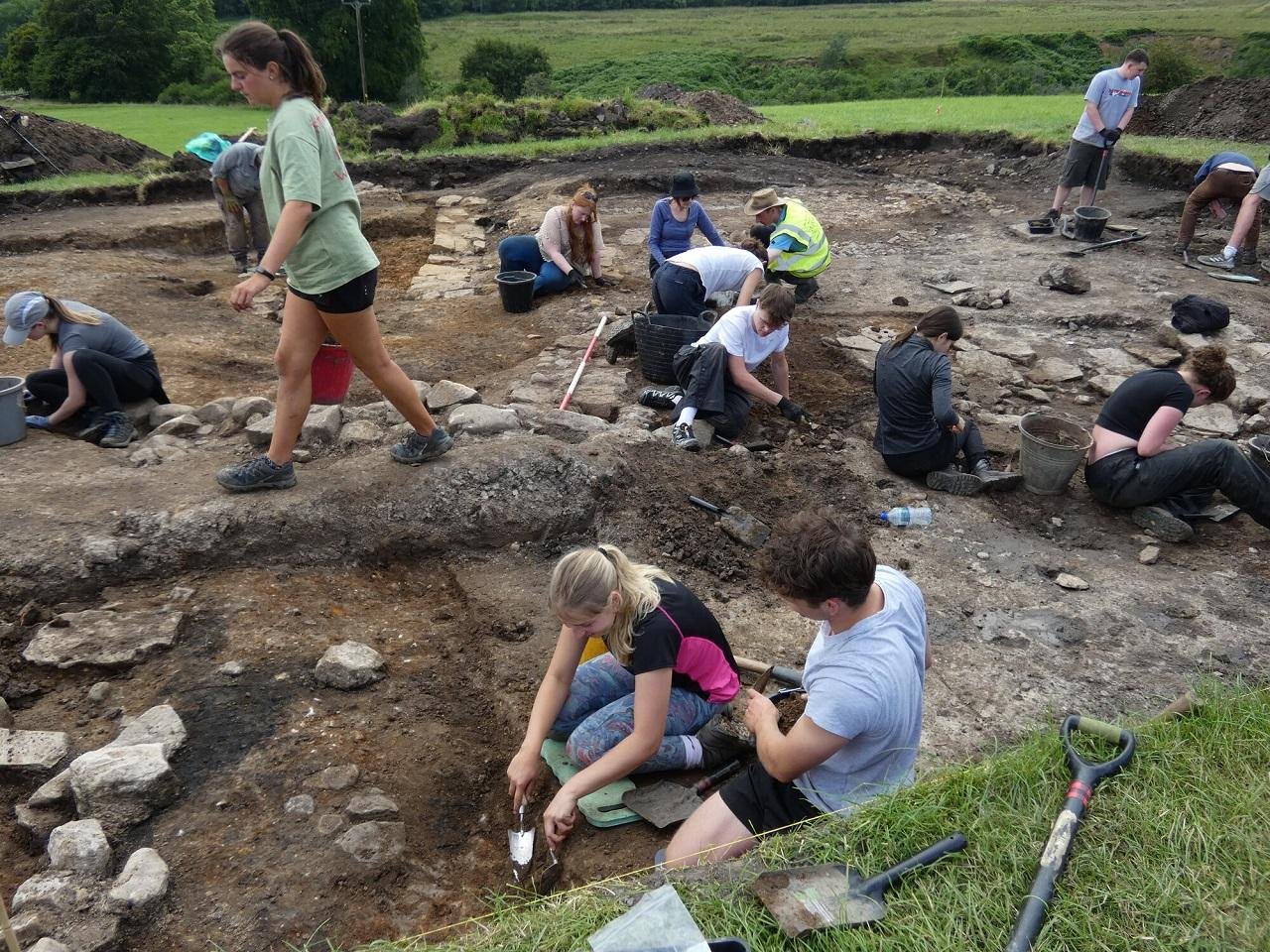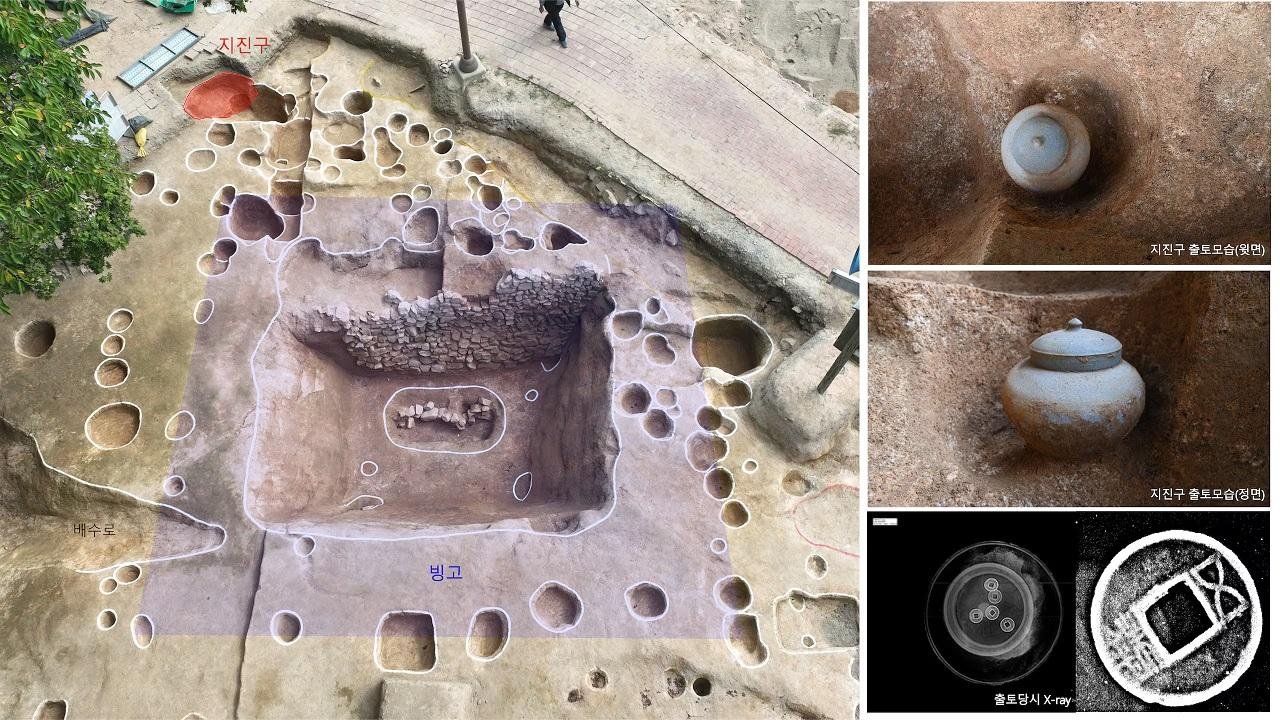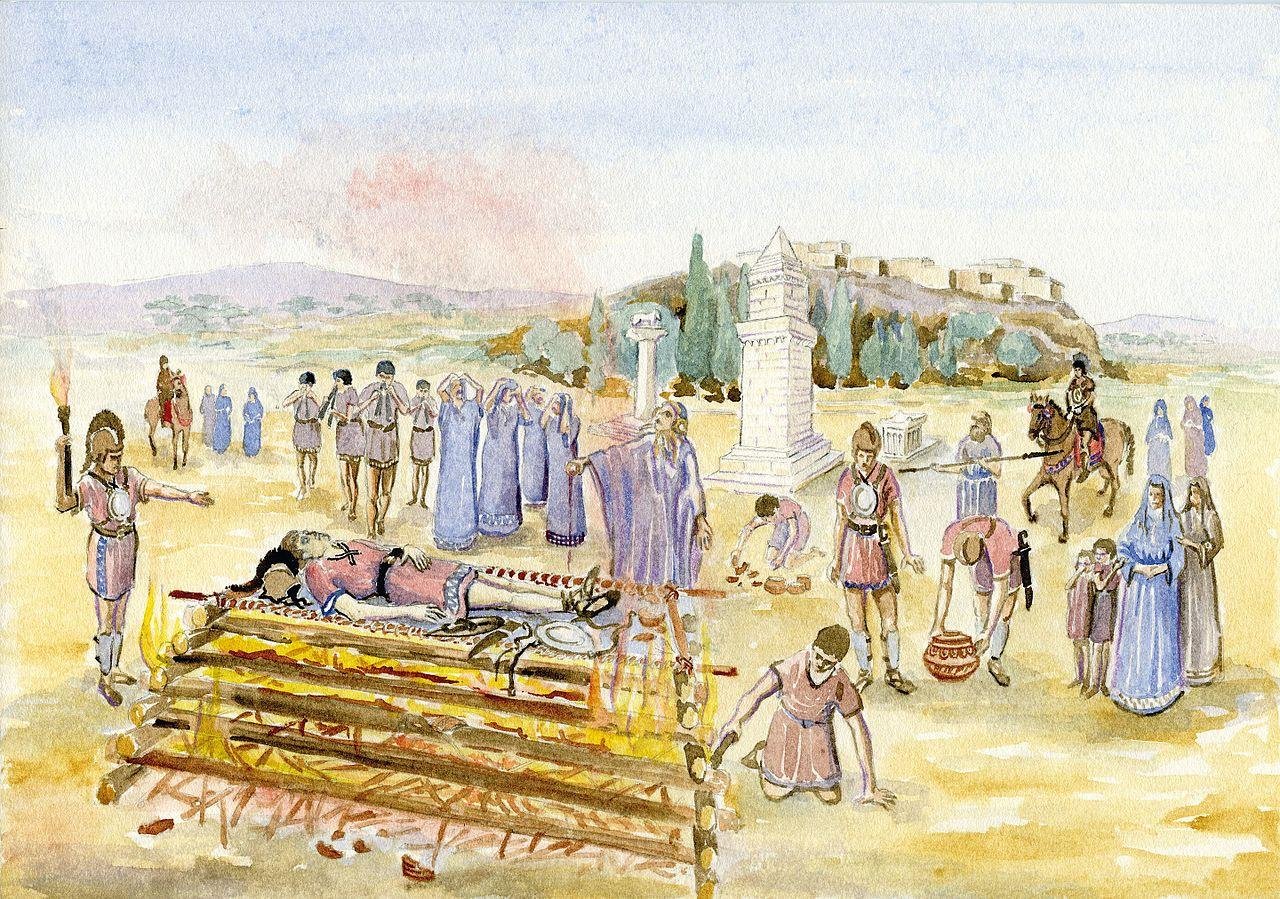Archaeologists working at the site of Heraclea Sintica, a Roman city in what is now southwestern Bulgaria, have uncovered the remains of six men who perished in a catastrophic earthquake in the late 4th century CE. The discovery, in the southwestern corner of the city’s Roman forum, offers a glimpse into the human toll of a disaster that contributed to the city’s decline.
 Skull 2_3N from a victim of the Heraclea Sintica earthquake. Credit: Russeva, V., & Manoilova, L., Journal of Archaeological Science, Reports (2025) – (This image is used under the terms of the CC BY-NC-ND license for non-commercial, educational, and informational purposes. If you are the copyright holder and have any concerns regarding its use, please contact us for prompt removal.)
Skull 2_3N from a victim of the Heraclea Sintica earthquake. Credit: Russeva, V., & Manoilova, L., Journal of Archaeological Science, Reports (2025) – (This image is used under the terms of the CC BY-NC-ND license for non-commercial, educational, and informational purposes. If you are the copyright holder and have any concerns regarding its use, please contact us for prompt removal.)
Heraclea Sintica once thrived under Greek and later Roman rule due to its location along the Struma River and the Kozhuh highlands. The forum, the center of civic life, was flanked by monumental buildings and water cisterns. Sometime late in the century, a disastrous earthquake—part of a series of seismic shocks that struck the eastern Mediterranean—caused catastrophic damage, including the collapse of two brick-vaulted cisterns.
Beneath a collapsed cistern, about six meters below the surface, archaeologists found the remains of five men—labeled 2N, 3N, 1S, 2S, and 3S—lying on their backs amidst the debris. A sixth skeleton, 1N, was discovered at a higher level, separated by soil and debris, suggesting he may have been in another structure or attempting to provide aid when the vault fell. The victims ranged in age from 18 to 35 years, and their injuries, including skull fractures, rib fractures, and long bone damage, are consistent with instantaneous or near-instantaneous death due to falling objects or a fall from a considerable height.
One skeleton, 2N, stood out for a specific reason. Analysis by Vanya Russeva and Lilia Manoilova of the Insтιтute of Experimental Morphology, Pathology, and Anthropology at the Bulgarian Academy of Sciences revealed that this young man, aged 18–25, likely suffered from Apert syndrome, a rare congenital disorder characterized by a deformed skull, cleft palate, and other skeletal anomalies. This disorder would have caused physical disability and possibly intellectual challenges, requiring constant care from birth.
 Field situation of human skeletal remains in anatomical position, details, stages of excavation process. Credit: Russeva, V., & Manoilova, L., Journal of Archaeological Science, Reports (2025) – (This image is used under the terms of the CC BY-NC-ND license for non-commercial, educational, and informational purposes. If you are the copyright holder and have any concerns regarding its use, please contact us for prompt removal.)
Field situation of human skeletal remains in anatomical position, details, stages of excavation process. Credit: Russeva, V., & Manoilova, L., Journal of Archaeological Science, Reports (2025) – (This image is used under the terms of the CC BY-NC-ND license for non-commercial, educational, and informational purposes. If you are the copyright holder and have any concerns regarding its use, please contact us for prompt removal.)
Despite these disabilities, the young man lived to adulthood—a fact scientists say reflects the empathy and support he must have received.
Curiously, a second skull, 2_3N, also showed a cleft palate, raising the possibility of a familial relationship between the two men. If supported by future DNA testing, it would not merely tell us about genetic disease in the ancient world but also about the social structures that enabled disabled people to survive in the Roman Empire.
 Remains of an ancient Roman cistern at Musti, Tunisia. Credit: Verity Cridland / CC BY 2.0
Remains of an ancient Roman cistern at Musti, Tunisia. Credit: Verity Cridland / CC BY 2.0
The absence of any personal belongings, tools, or apparel on the bodies leaves the occupations and social status of the victims unknown. The fact that they were not interred suggests that the cistern was never cleared—possibly because no one knew that the bodies were inside. Heraclea Sintica’s population dwindled following the earthquake, and another mᴀssive quake in the 5th century led to its eventual abandonment.
Comparable findings, such as those of earthquake victims at Kourion, Cyprus, and Eleutherna, Crete, often focus on collapsed buildings rather than the people who died. The discovery at Heraclea Sintica is rare because it preserves the remains of multiple people in a single disaster context, allowing scientists to reconstruct both the moment of the disaster and the personal narratives of the victims.
More information: Russeva, V., & Manoilova, L. (2025). The earthquake casualties from Heraclea Sintica – buried under debris of the portico of the Roman forum. Journal of Archaeological Science, Reports, 66(105338), 105338. doi:10.1016/j.jasrep.2025.105338
